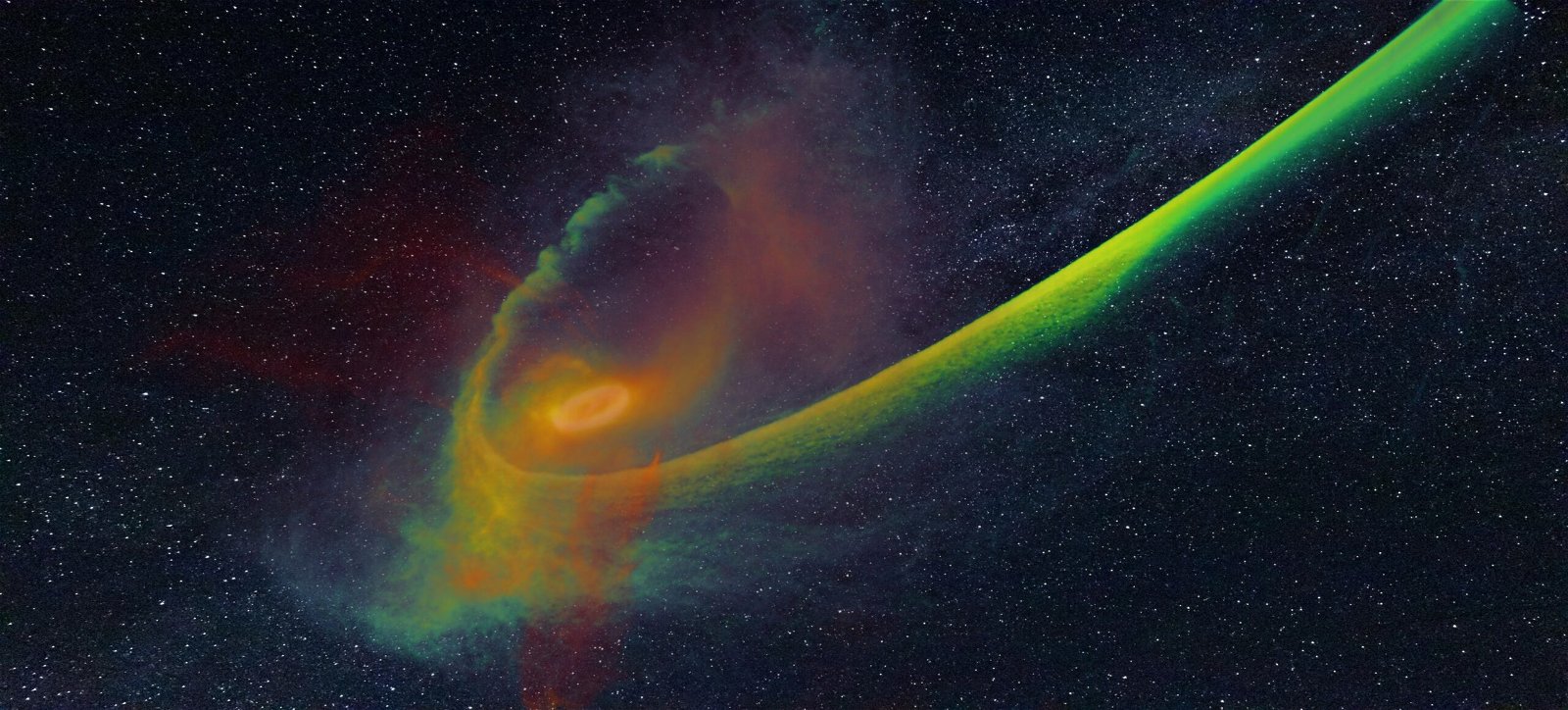For the first time, a series of new simulations have accurately replicated a phenomenon associated with supermassive black holes, based on new research that marks a potentially crucial advancement in our scientific understanding of these celestial objects.
According to researchers at Hebrew University, the new simulations have helped to facilitate a breakthrough in our current understanding of what is known as Tidal Disruption Events, revealing new phenomena associated with these events that astrophysicists had never before documented.
With as much as several billions of times the mass our Sun possesses, supermassive black holes are known to play a vital role in the formation of galaxies. Despite this, they have remained largely mysterious to astrophysicists, as they are not directly visible even with the aid of our most powerful telescopes. Instead, they can only be inferred indirectly by the effects of their presence on nearby celestial objects.
For example, the immense gravitational fields exerted by these objects warp the surrounding spacetime, giving rise to conditions that present challenges for astrophysicists attempting to observe their characteristics.
Among these, Tidal Disruption Events, or TDEs, involve stars that make their way too close to a black hole’s event horizon, whereby they are ripped apart and stretched into long, thin streaks of remnant plasma. As these strips of plasma approach the black hole, they are heated by shockwaves, which significantly increase their luminosity, producing a flare lasting for as many as several months that outshines the brightness of a galaxy.
According to researchers involved with the study, the new phenomena were revealed during the successful simulation of an entire sequence of a TDE, from the onset of disruption to the peak luminosity of the flare it produced, revealing an as-yet unknown variety of shockwaves.
The new discovery helps to settle lingering questions about the energy sources underlying these events, also confirming that during the brightest phase of a TDE flare, the shock dissipation produced during the event serves as a primary source of energy.
The researchers say that the discovery holds the potential to help astrophysicists better understand the nature of black holes in ways that could also allow for new tests of Einstein’s theory of gravity, particularly under extreme conditions.
The study, led by Dr. Elad Steinberg and Dr. Nicholas C. Stone with Hebrew University’s Racah Institute of Physics, marks a significant step in terms of expanding our knowledge about TDEs through the successful implementation of radiation-hydrodynamics simulation software developed by the team.
The resulting recreation allowed astrophysicists to observe a complete sequence involving the star’s disruption, as well as the events leading up to the peak of the superheated flare.
Significantly, the study identifies a type of shockwave associated with TDEs that had previously been unknown to astronomers, which dissipates its energy at unprecedented speeds. Based on these observations, a longstanding controversy involving what could be powering the brightest phases of TDE flares.
The new findings could lead to new explorations into the fundamental nature of TDEs, as well as new insights into the mysterious properties associated with supermassive black holes. Among the potential future discoveries that could result from the team’s findings are better measurements of the mass and spin of black holes. Also of significance, the Hebrew University Team’s study helps shed light on the pivotal role that supermassive black holes play in the formation of galaxies.
Steinberg and Stone’s new paper, “Stream-Disk Shocks as the Origins of Peak Light in Tidal Disruption Events,” was recently published in the journal Nature.
Micah Hanks is the Editor-in-Chief and Co-Founder of The Debrief. He can be reached by email at micah@thedebrief.org. Follow his work at micahhanks.com and on X: @MicahHanks.

